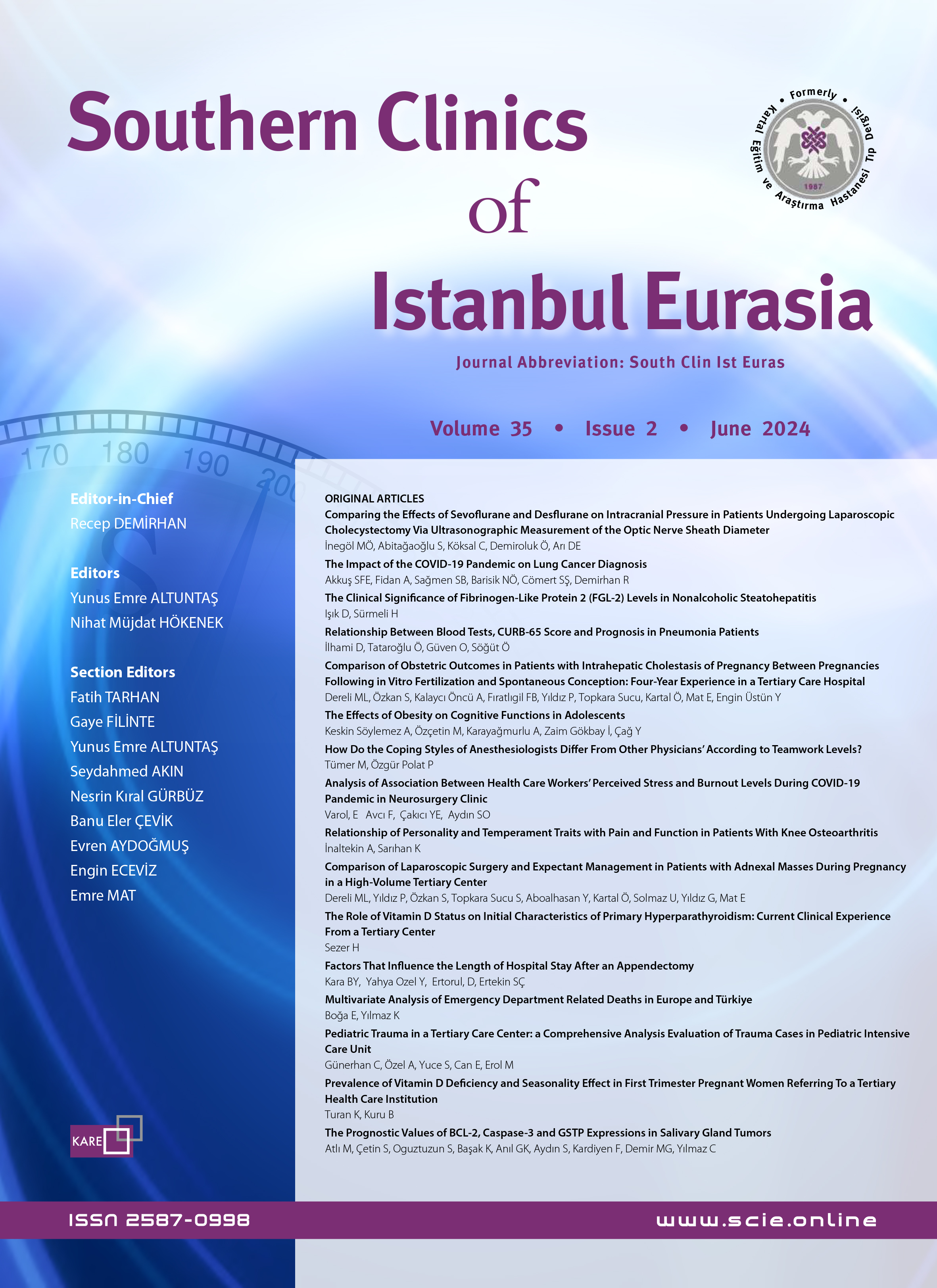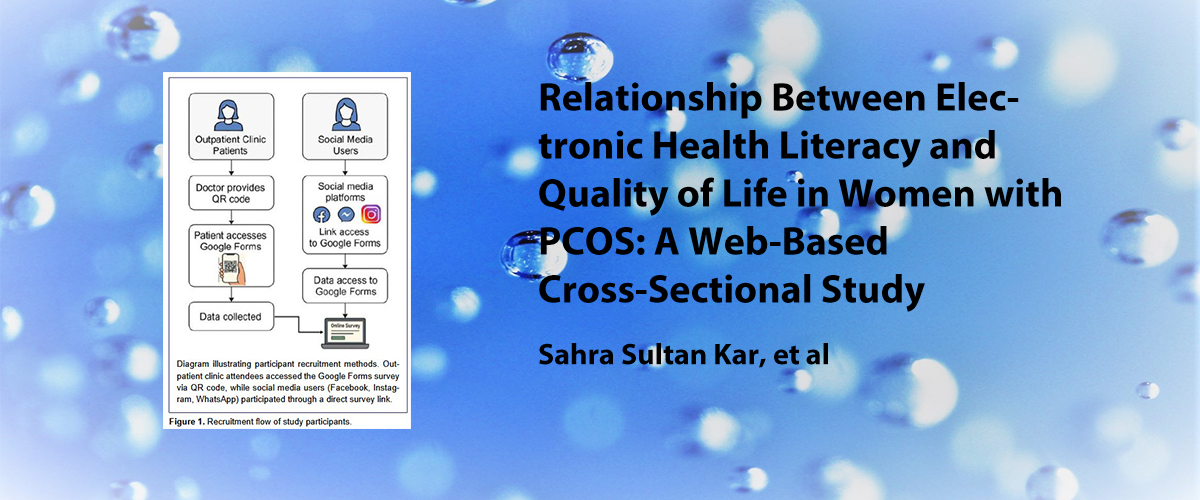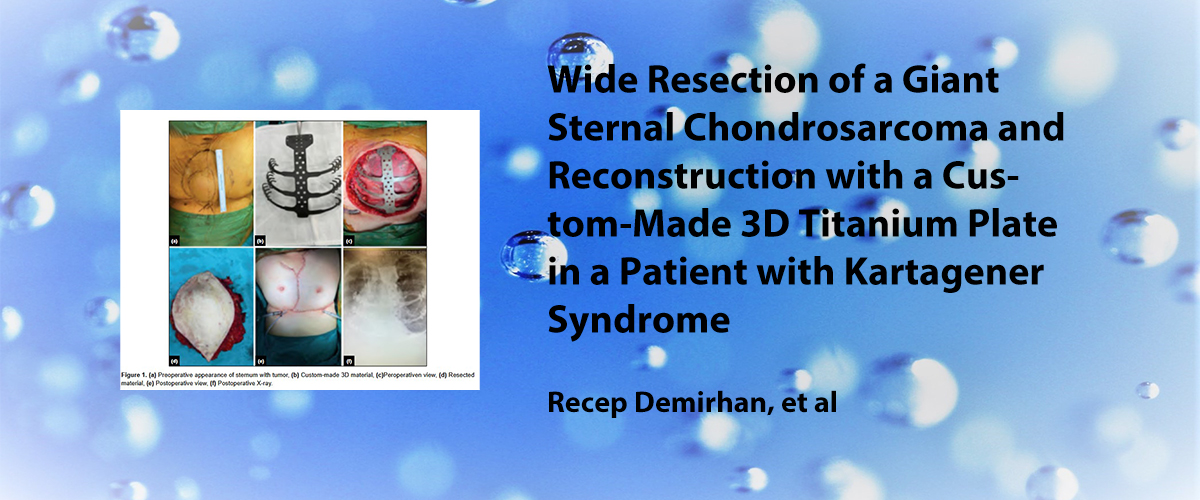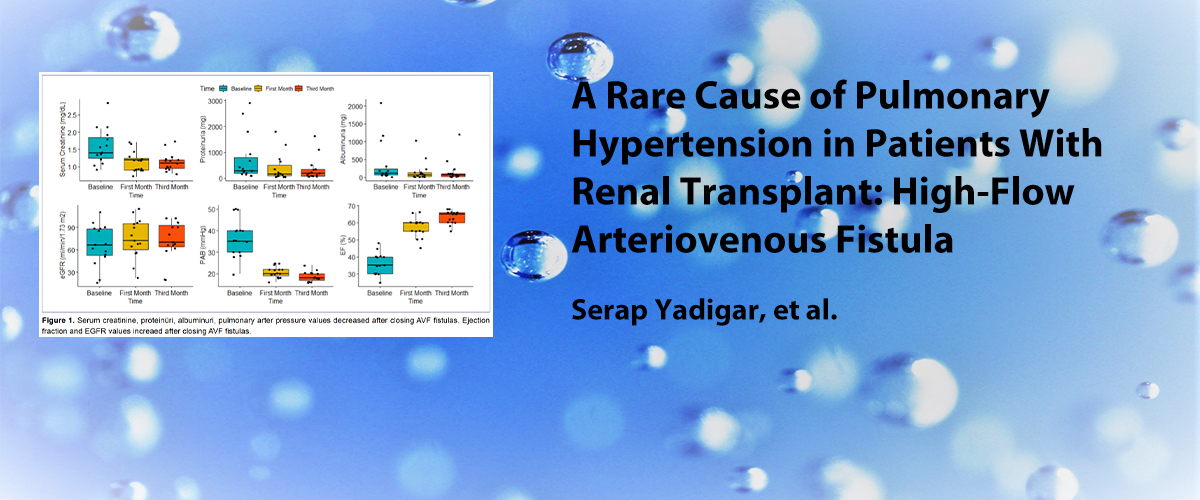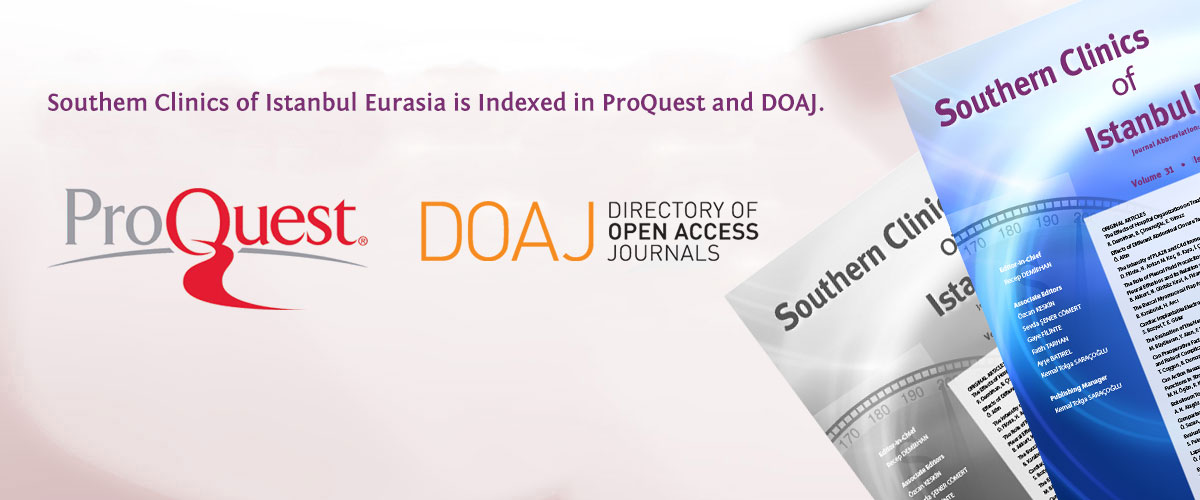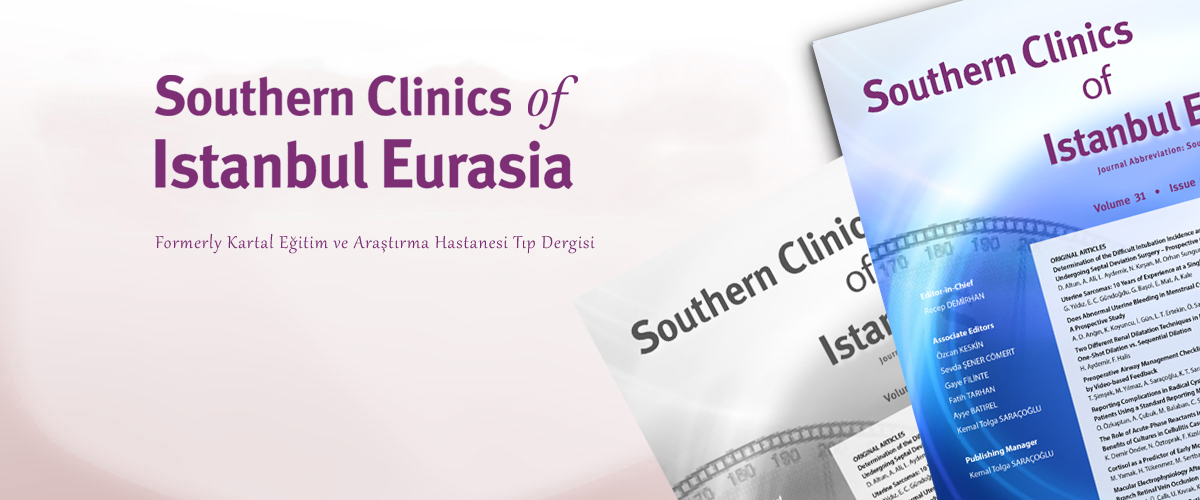ISSN : 2587-0998
Alt Ekstremite İskemi Reperfüzyon Sonrası Görülen Akciğer Hasarında Progesteronun Koruyucu Rolü
Esin Ak1, Şehkar Oktay1, Dilek Özbeyli2, Aleyna Muhan3, Koray Ak41Marmara Üniiversitesi Dişhekimliği Fakültesi, Temel Tıp Bilimleri Bölümü, İstanbul, Türkiye2Marmara Üniversitesi Sağlık Hizmetleri Meslek Yüksekokulu, Patoloji Anabilim Dalı, Laboratuvar Teknikleri, İstanbul, Türkiye
3Marmara Üniversitesi Sağlık Bilimleri Enstitüsü, Temel Tıp Bilimleri Bölümü, İstanbul, Türkiye.
4Marmara Üniversitesi Tıp Fakültesi, Kalp ve Damar Cerrahisi Anabilim Dalı, İstanbul, Türkiye.
GİRİŞ ve AMAÇ: Alt ekstremitede iskemi reperfüzyon (IR) hasarına maruz kalan hastalarda görülen en önemli problemlerden birisi akciğer hasarıdır. Bu çalışmamızda alt ekstremite IR sonrası ortaya çıkan akciğer hasarında progesteronun (PG) rolü araştırılmıştır.
YÖNTEM ve GEREÇLER: On sekiz adet erkek Sprague-Dawley sıçan üç gruba ayrıldı: (1) kontrol: sıçanlara genel anestezi sonrası iki saat aralıkla iki kez serum fizyolojik (SF) enjeksiyonu yapıldı (intraperitoneal (i.p.)), (2) IR: sıçanlara turnike kullanılarak iki saat iskemi sonrasında iki saat reperfüzyon uygulandı. Hem iskemi hem de reperfüzyon öncesi aynı dozda SF enjeksiyonu yapıldı, (3) IR+PG: sıçanlara IR grubuyla aynı deney protokolü uygulanmış olup hem iskemi hem de reperfüzyon öncesi PG enjeksiyonu yapılmıştır (16 mg/kg, i.p.). Reperfüzyon sonrası sıçanlar sakrifiye edilerek akciğer dokusu çıkartılmış ve biyokimyasal ve histolojik analizler yapılmıştır.
BULGULAR: IR+PG grubunda doku malondialdehit ve nitrik oksit seviyeleri IR grubuna kıyasla anlamlı düzeyde azalmıştır (p<0.01). Benzer şekilde IR+PG grubunda glutatyon seviyesi ve süperoksit dismutaz ve glutatyon S-transferaz aktiviteleri IR grubuna kıyasla anlamlı derecede artmıştır (p<0.05, p<0.01 ve p<0.05). Işık mikroskopik incelemede IR+PG grubunda akciğer parankiminde azalmış enflamatuvar hücre infiltrasyonu, alveol yapılarda düzelme ve hafif vasküler konjesyon görülmüştür. IR+PG grubunda IR grubuna kıyasla histopatolojik skorda anlamlı düzeyde iyileşme tespit edilmiştir (p<0.001).
TARTIŞMA ve SONUÇ: Progesteron antioksidan fonksiyonundan dolayı alt ekstremite IR sonrası görülen akciğer hasarının azaltılmasında etkili olabilir.
Anahtar Kelimeler: Akciğer, alt ekstremite; iskemi; reperfüzyon; uzak organ hasarı.
Protective Role of Progesterone on Lung Injury Induced by Ischemia Reperfusion of the Lower Limbs
Esin Ak1, Şehkar Oktay1, Dilek Özbeyli2, Aleyna Muhan3, Koray Ak41Department Of Basic Medical Sciences, Faculty Of Dentistry,Marmara University, İstanbuli Turkey2Department Of Pathology, Laboratory Techniques, Vocational School Of Health Services, Marmara University, İstanbul, Turkey
3Department Of Basic Medical Sciences, Institute Of Health Sciences, Marmara University, Istanbul, Turkey
4Department Of Cardiovascular Surgery, Faculty Of Medicine, Marmara University, Istanbul, Turkey.
INTRODUCTION: Remote lung injury is one of the most challenging issues in patients undergoing ischemia reperfusion (IR) injury of the lower limbs. We examined the role of progesterone (PG) on the remote injury of the lungs seen after IR of the lower limbs.
METHODS: Eighteen male Sprague Dawley rats were divided into three groups. (1) Control: rats had only two physiological saline injections intraperitoneally (i.p.) 2 h apart under general anesthesia. (2) IR: underwent 2 h tourniquet induced ischemia for both lower limbs followed by 2 h of reperfusion. Animals were injected with physiological saline (i.p.) before both ischemia and reperfusion. (3) IR + PG: rats underwent the same IR protocol as the IR group and were injected with PG (16 mg/kg, i.p.) before both ischemia and reperfusion. After reperfusion, rats were sacrificed, and lung tissues were taken out for histopathologic and biochemical analyses.
RESULTS: In IR + PG group, tissue levels of malondialdehyde and nitric oxide decreased significantly compared with the IR group (p<0.01). Similarly, glutathione level and superoxide dismutase and glutathione S-transferase activities significantly increased in the IR + PG group than in the IR group (p<0.05, p<0.01, and p<0.05, respectively). In light microscopy, reduced inflammatory cell infiltration, amelioration in alveolar structure, and mild vascular congestion in the parenchyma were seen in the IR + PG group. A significant improvement in histopathologic score was seen in the IR + PG group compared with the IR group (p<0.001).
DISCUSSION AND CONCLUSION: PG might be effective in attenuating remote injury of the lung in lower body IR via its antioxidant function.
Keywords: Ischemia, lower limb; lung; remote organ injury; reperfusion.
Makale Dili: İngilizce


